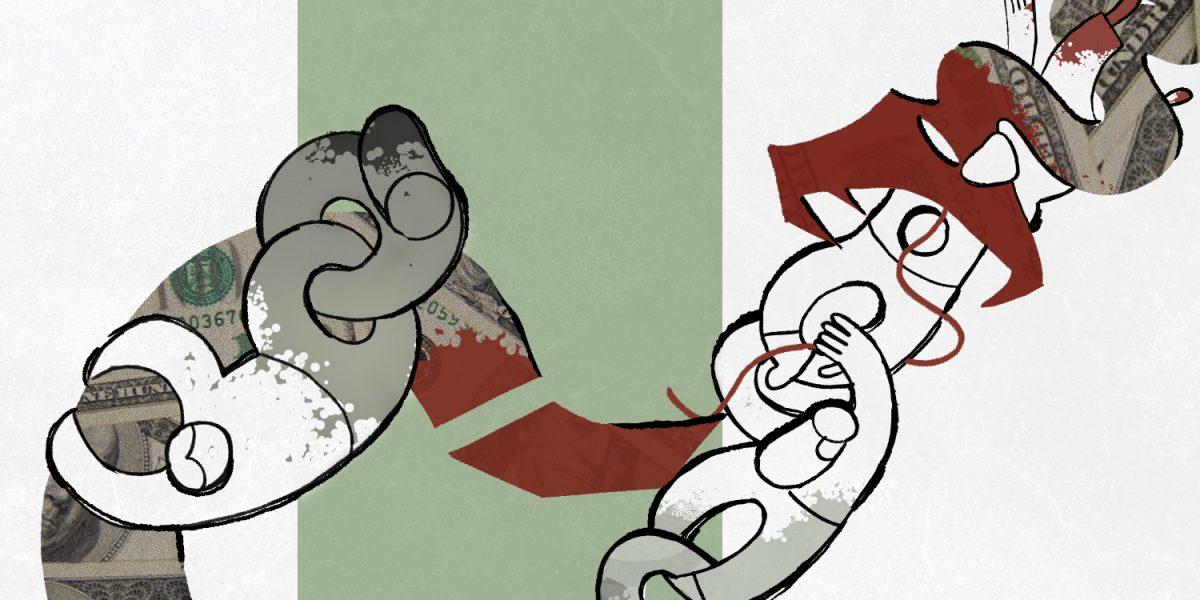Insects aren’t strangers to the human population. We see them and interact with them in our everyday lives, even if it isn’t directly.
Sometimes, even, we may find these tiny creatures nuisances. Say you’re eating somewhere at RIT, like our open dining spaces at Global Village. Even with the various traps around the area — laced with sugars and water to catch their attention — you can always find a small, flying friend trying to get a bite of your lunch. You may think it’s just a bee, or even a wasp. However, there’s much more to it than just random insects trying to harass you.
Bees, more specifically honey bees, are the little insect pals we think of that allow important food groups, like fruits and vegetables, to thrive. However, honey bees aren’t the only insects to help pollinate. In fact, bees themselves are not the only category of pollinators. There’s a variety of insects that have the ability to pollinate, such as some wasps, and they should get some credit as well for the good they do, even if they look a little scarier.
What It Means to be a Pollinator
Even when we use terms such as “bees” or “wasps,” those are very general terms. Both of these species have subcategories that may differ from the majority.
When we think of bees, for example, people generally think of honey bees. However, honey bees are not necessarily the standard bee and differ from others such as bumblebees. A significant distinction, other than anatomy, is that honey bees are domesticated, while bumblebees are considered “wild bees.”
“Honey bees are domesticated, while bumblebees are considered ‘wild bees.’”
Kaitlin Stack Whitney, an assistant professor in the Science, Technology and Society department, provided an explanation to these categories.
“So there are two kinds of bees, broadly speaking,” said Stack Whitney. “One [is] honey bees which are domesticated but were originally from another region … now, most other bees fall in the category of ‘wild bees’ or ‘native bees.’”
However, one of the main similarities between these two groups is their status as pollinators.
Pollinators are essential to our everyday lives. Their job entails moving pollen from flower to flower, thus fertilizing them. Insects aren’t the only pollinators — some species of animals, such as bats, can also help pollinate. However, we know bees specifically as a pollinator due to how efficient and consistent they are in pollinating plants.
“Bees make excellent pollinators because most of their life is spent collecting pollen, a source of protein that they feed to their developing offspring,” wrote Michigan State University in their piece on the insects. “When a bee lands on a flower, the hairs all over the bees’ body attract pollen grains through electrostatic forces.”
In a similar way, some breeds of wasps also pollinate plants. However, they’re seen as more terrifying as their sole source of protein isn’t in pollen, but in sugar, which is also found in our food.
Wasps Just Want Sugar
Wasps, though scarier with their stingers, aren’t as fearsome as most of us believe — so long as we aren’t allergic to them. Even when some wasps cannot pollinate, such as the yellow jacket breed, they still serve a purpose within their ecosystem.
“Put simply: without wasps, we would be overrun with insect pests,” wrote Debbie Hadley of ThoughtCo. in an article examining the benefits of wasps. “[Yellow jackets] mostly scavenge dead insects to feed their offspring, meaning they prevent the bodies from piling up — like a cleaning service.”
However, one of the main concerns people have about wasps is how meddlesome they can be when we wish to eat outside. But the major misconception for most people is that they’re out to fight you for your food, which is not the case.
“Things like yellow jackets are just attracted to sugary foods … They actually don’t want to bother you, they just want your food,” explained Stack Whitney.
“Yellow jackets … don’t want to bother you, they just want your food.”
However, sometimes insects — especially wasps — really bring the fear out of people. Melissa Breyer of Treehugger explained one of the possible ways to peacefully interact with the insects.
“If you remain calm when a bee or wasp lands on your skin to inspect a smell or to get water if you are sweating heavily, the insect eventually will leave of its own accord. If you don’t want to wait for it to leave, gently and slowly brush it away with a piece of paper,” wrote Breyer.
If all else fails, sometimes we have to be the bigger person and calmly walk away.
Insects Are Friends
Even without the pollinator being a perk to their existence, insects and many other animals offer utility in their local ecosystems and food hierarchy. There are types of wasps that cannot pollinate, such as yellow jackets; however, they still serve a purpose in their ecosystem.
“They feed their young on insects that would otherwise damage crops and ornamental plants in your garden,” wrote Jeff Schalau of Backyard Gardener.
Wasps, and many insects, establish this circle of life within their environments. Although they do not directly affect us humans, they still have their own role to play during their lifespans, whether it’s to eat or be eaten.
Even with their little stingers, wasps don’t typically sting people unless provoked. They do not mean any harm, intentional or not.
“Other insects like ticks can transmit disease, but yellow jackets aren’t like that,” Stack Whitney said. “It would be bad to be stung, but the majority of people will not be bothered by them. You just gotta be cautious.”







